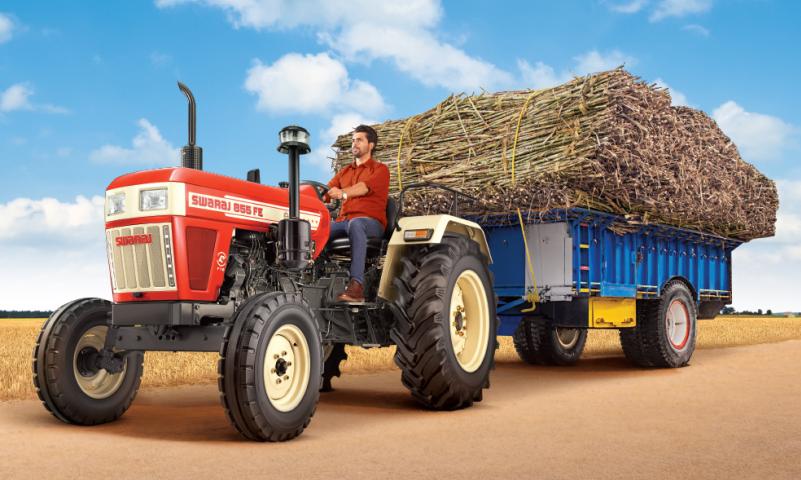Drone agriculture refers to the use of unmanned aerial vehicles (UAVs) equipped with various sensors, cameras, and imaging technologies to collect data and monitor agricultural activities. These drones are used to capture high-resolution images, videos, and other data points about the farm’s crops, soil, and environment. The data is then analyzed to gain insights that inform decisions related to crop health, irrigation, pest management, planting, and harvesting.
Drones in agriculture can be fitted with multiple sensors, including thermal, multispectral, and hyperspectral cameras, which allow farmers to monitor various parameters such as temperature, soil moisture, and plant health. The use of this technology is transforming the agricultural landscape by enabling more precise farming practices, reducing labor costs, and improving yields.
Key Benefits of Drone Agriculture
The implementation of drones in agriculture offers several key benefits that make farming more efficient, cost-effective, and sustainable. Below are some of the most notable advantages of using drones in farming:
- Precision Agriculture: Precision agriculture is an approach that uses data and technology to make farming more precise and efficient. Drones help farmers monitor their fields with incredible accuracy. Through aerial imagery, drones can identify specific areas of a field that require attention, such as areas with pest infestations or poor irrigation. This allows farmers to apply inputs like water, fertilizers, and pesticides only where needed, minimizing waste and reducing costs. The precision of drone-based data ensures that resources are used more effectively, resulting in increased yields and healthier crops.
- Improved Crop Monitoring: Drones equipped with high-resolution cameras and sensors can provide real-time insights into crop conditions. Farmers can monitor the health of their crops more efficiently than traditional methods. Drones can quickly survey large areas of farmland, providing detailed images that reveal crop stress, nutrient deficiencies, diseases, or pest problems. Using this data, farmers can identify issues early, preventing crop damage and minimizing the need for extensive treatments. This proactive approach to crop management allows farmers to optimize their crop yields and quality.
- Increased Efficiency and Reduced Labor Costs: Traditionally, crop monitoring and field inspections have been time-consuming and labor-intensive tasks. Drones reduce the need for manual labor by automating field surveys, aerial imagery capture, and data collection. This makes field monitoring more efficient and less reliant on human resources, which can be costly and require significant time investment. Drones can cover large areas in a short amount of time, dramatically improving productivity. As a result, farmers can allocate their resources more effectively and focus on other aspects of farm management.
- Enhanced Pest and Disease Management: Early detection of pests and diseases is critical for successful crop management. Drones can capture high-resolution images that can be analyzed to detect early signs of pest infestations or disease outbreaks. This enables farmers to take timely action before the problem spreads, reducing the need for excessive pesticide use and minimizing crop losses. By targeting the problem areas, drone technology helps farmers use pesticides more efficiently, reducing both environmental impact and input costs.
- Improved Irrigation Practices: Drones can play a significant role in optimizing irrigation practices. Through thermal imaging, drones can identify areas of a field that are over- or under-watered, providing valuable insights into irrigation needs. This allows farmers to optimize irrigation schedules, ensuring that crops receive the right amount of water. Efficient irrigation not only conserves water but also reduces costs and helps to promote healthier crops. Drones can also monitor soil moisture levels across large areas, making it easier to manage water resources in areas where water conservation is a priority.
- Data-Driven Decision Making: One of the most significant advantages of drone agriculture is the vast amount of data that can be collected and analyzed. Drones can capture detailed images and data on a variety of environmental factors, from soil health to weather conditions. This data can be integrated with other farm management software to create a comprehensive picture of the farm’s performance. By utilizing data analytics, farmers can make more informed decisions, such as optimizing planting schedules, adjusting fertilizer application, or planning for harvest. Data-driven decision-making helps farmers maximize their resources and improve overall farm management.
- Cost-Effective Crop Scouting: Crop scouting, which involves walking through fields to monitor the crops' condition, is a common practice but is labor-intensive and time-consuming. Drones automate this process, providing quick and accurate insights into crop health, soil conditions, and other variables. This reduces labor costs associated with manual crop scouting and enables farmers to inspect larger areas with much less effort. Furthermore, using drones for crop scouting reduces the risk of human error, ensuring that farmers get accurate data.
Types of Drones Used in Agriculture
There are different types of drones used in agriculture, each designed for specific tasks and with varying levels of sophistication. The main types include:
- Multirotor Drones: Multirotor drones, such as quadcopters, are commonly used in agriculture because of their ability to hover in place and provide stable, high-resolution images. These drones are ideal for tasks like crop scouting, field inspections, and soil monitoring.
- Fixed-Wing Drones: Fixed-wing drones are best suited for surveying large areas of land. They cover more ground in less time compared to multirotor drones, making them more efficient for large-scale agricultural operations. These drones are often used for mapping, field analysis, and precision agriculture tasks.
- Hybrid Drones: Hybrid drones combine the benefits of both multirotor and fixed-wing designs. They can take off and land vertically like a multirotor drone but can fly long distances like a fixed-wing drone. These drones are ideal for large farms that require both precision and efficiency.
- High-End Sensor Drones: Some agricultural drones are equipped with advanced sensors, such as multispectral, hyperspectral, or thermal cameras, to gather detailed data on crop health, moisture levels, and environmental conditions. These drones are designed for precision agriculture, allowing for in-depth analysis and data collection.
Challenges in Drone Agriculture
Despite the many benefits, there are challenges to the widespread adoption of drone agriculture. These challenges include:
- High Initial Costs: The cost of purchasing drones and the necessary sensors can be high, particularly for small and medium-sized farmers. Additionally, there are ongoing costs for software, data storage, and maintenance.
- Regulatory Hurdles: The use of drones in agriculture is regulated by government authorities, and these regulations can vary by region. In some areas, drones may require licenses or certifications for operation, which can add to the complexity of their use.
- Technical Skills and Training: Operating agricultural drones requires technical knowledge and training. Farmers must be comfortable with flying drones, operating software, and analyzing the data captured by the drones. Inexperienced users may face a steep learning curve.
- Data Management: Drones generate a large volume of data, and managing this data can be challenging for farmers. Proper data analysis tools and systems must be in place to extract actionable insights from the collected data.
The Future of Drone Agriculture
Drone technology is rapidly evolving, and its role in agriculture is expected to grow significantly in the coming years. With advancements in AI, machine learning, and automation, drones will become even more integrated into farming practices. The ability to monitor entire fields, identify problems early, and optimize resources will make farming more efficient, sustainable, and profitable. As the technology becomes more affordable and accessible, the use of drones in agriculture will continue to expand, paving the way for a new era in farming.
Conclusion
Drone agriculture is reshaping the future of farming by offering farmers powerful tools to increase productivity, reduce costs, and improve sustainability. With their ability to provide real-time insights, optimize resources, and enhance decision-making, drones are becoming an essential part of modern farming practices. As the technology continues to evolve and become more accessible, it has the potential to transform global agriculture, enabling farmers to meet the challenges of feeding a growing population while minimizing environmental impacts.








